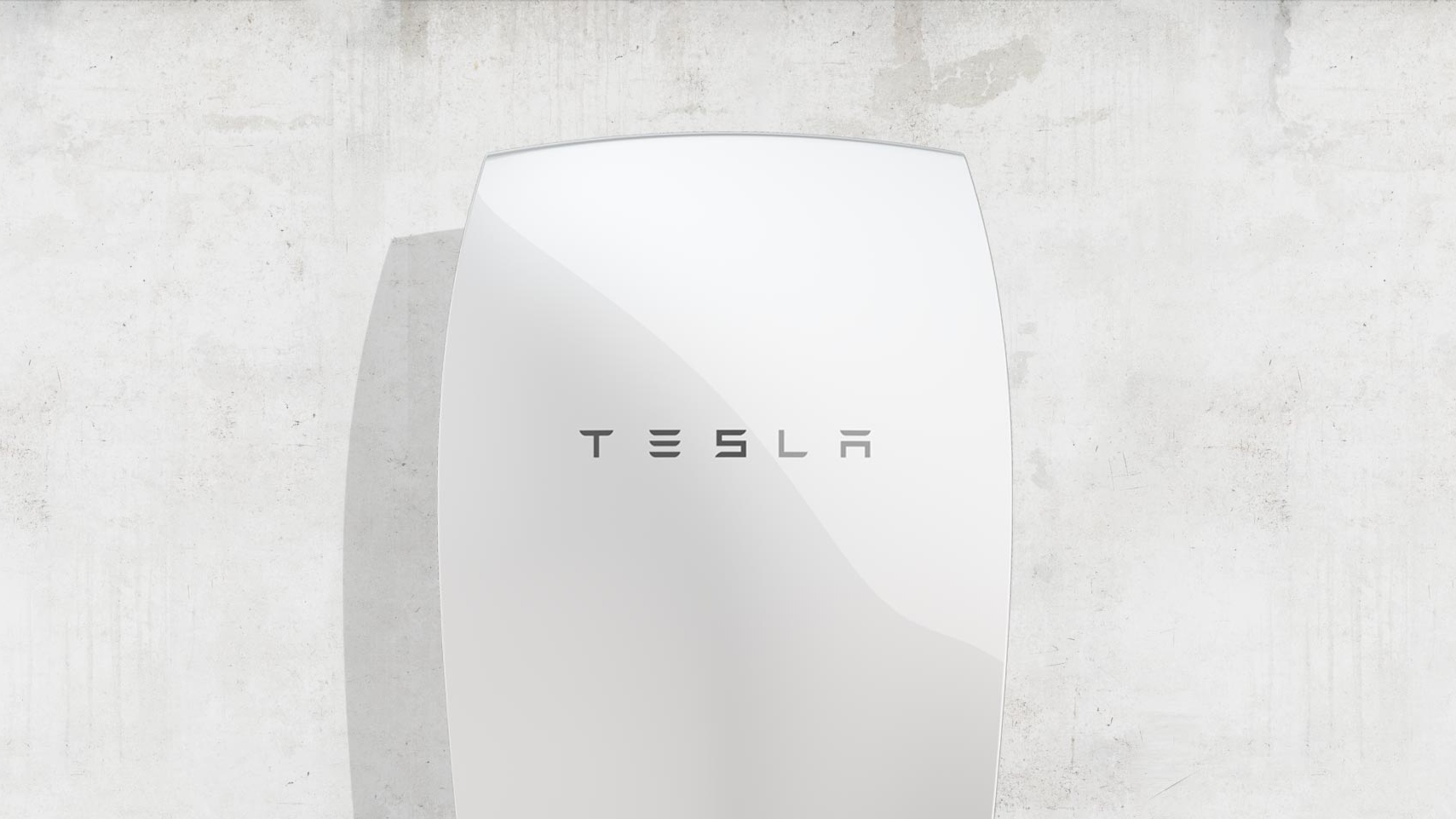Tesla Powerwall: a home battery with a green vision
Cos maybe, it's gonna be the one that saves me (money)

Taking a break from his wildly successful electric car flirtation to make a presentation at Tesla's Southern California design centre, CEO Elon Musk has announced the Powerwall – a wall-mounted rechargeable lithium ion battery that Musk hopes will reduce your home's reliance on traditional energy sources like fossil fuels, while also reducing your power bill.
When Tesla starts shipping the Powerwall in three months' time, Musk claims it will provide homes with a number of advantages over traditional power sources while paving the way to a cleaner world.
Homes with solar panels can use the Powerwall to store their surplus energy for use in the evening or on days when the sun won't show itself.
The Powerwall can also save you cash via load shifting, by recharging itself during cheaper off-peak periods and discharging energy at times when power is more expensive.
Finally, the Powerwall can store energy for use during power outages, so you can finally throw away those candles that have been sitting in your spare drawer for years.
Power to the people
Musk claims the battery presents an opportunity to ween the planet off dirty fuel sources, but that it also enables power to be supplied to remote areas of the planet without the prohibitive expense usually encountered.
By removing the need for for all those pricey power stations and cables electricity can be supplied cheaply and easily, with Musk likening Tesla's new tech's benefits to the advantages of mobile phones over landlines.
Sign up for breaking news, reviews, opinion, top tech deals, and more.
The Powerwall will come in two builds. The first is a 10 kWh model designed for backup applications that will set you back US$3,500, while a 7kWh model has been designed for daily cycle applications and will cost US$3,000.
Tesla also has a system for industrial use in the form of the Powerpack, a 100kWh system that'll cost buyers a hefty US$25,000.
Pre-orders for the Powerwall are now open via the Tesla Motors website.
- Tesla's CEO has some amazing ideas, but why does he worry about AI turning against us?